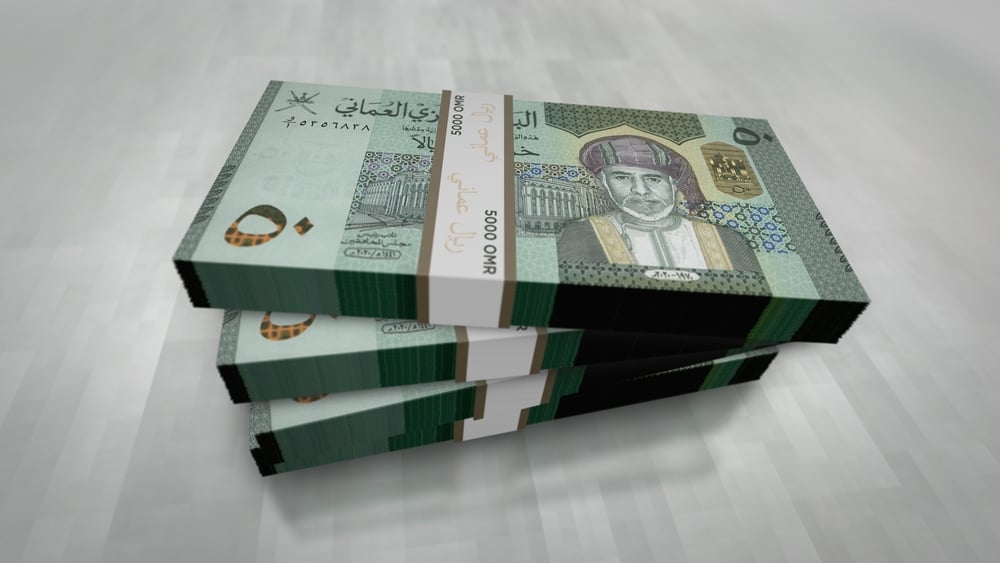Standard & Poor’s has upgraded the Sultanate of Oman‘s credit rating from B+ to BB- with a stable outlook for the first time since 2015, and this is due to the improvement in the country’s public financial indicators and lower public debt risks.
Economy Middle East had expected that S&P would improve its rating for the Sultanate with the progress it made in its public finances and the reforms undertaken by the government, particularly the public debt structure.
The agency expects Oman to achieve a fiscal surplus this year of 5.7 percent of the GDP, compared to the government’s budget estimates that indicate a fiscal deficit of 4.6 percent.
The rating agency says that the financial measures that the government took in the medium term, the rise in oil prices, and the increase in production rate, all played a major role in improving the Sultanate’s rating.
S&P expects a decrease in the public debt to GDP ratio for 2022 to about 49.6 percent, and this level is much lower than what it expected in its previous report when it estimated that the public debt would reach 65.1 percent of GDP.
The Sultanate of Oman has recently paid about 1.5 billion Omani riyals of its debt and is working to replace some of the high debts with less expensive ones.
“Al Arabiya” quoted sources yesterday that the Sultanate has completed the procedures for obtaining a refinancing loan, raising financing to $4 billion, and extending the term of the debt.
It said that the loan was arranged by 23 Gulf and foreign banks, led by Abu Dhabi Commercial Banks, First Abu Dhabi Bank, Qatar Commercial Bank, National Bank of Oman, Arab Banking Corporation Bank, Ras Al Khaimah Bank, Umm Al Quwain Bank, and Mashreq Bank.
Reportedly last January, the Sultanate of Oman had started procedures towards obtaining a loan of about $3.5 billion for a period of 7 years from an alliance of Gulf and local banks. The Sultanate plans to use part of its proceeds to refinance a loan of about $2.2 billion that it obtained in March last year.
In addition, the agency believes that the non-oil sector will be the main driver of growth in the country over the next 3 years, as non-oil activities are expected to grow by an average of 2.2 percent between 2023-2025, from 1.8 percent this year.
The agency noted that the Sultanate’s rating may improve in the coming period if economic growth and financial conditions witness significant improvement compared to the agency’s expectations, or if foreign exchange reserves and/or foreign assets increase, which in turn will support Oman’s financial position.
Oman’s oil production to rise by nearly 20% by 2025
S&P expects Oman, the largest oil producer in the Middle East outside of OPEC, is set to increase its oil production to 1.135 million barrels per day by 2025, an increase of 18.6 percent from 2021, as “OPEC +” continues to ease restrictions on their collective production.
Although Oman is not a member of OPEC, it is part of the broader OPEC+ alliance, which has been gradually working to undo the historic production cuts that began in 2020 as the Corona epidemic crippled economies and destroyed demand for crude.
In its report, the agency indicates that oil production in Oman will reach 1.040 million barrels per day in 2022, up from 957,000 barrels per day in 2021.
Thus, the Omani economy is set to benefit from higher oil prices and expand by 3.9 percent in 2022, up from 2.1 percent in 2021.
“Following the high financial and external pressures since 2015 that culminated in 2020 with the double shock of the Corona pandemic and the sharp drop in oil prices, we now expect Oman to benefit from higher oil prices and ongoing government reforms,” the agency said.
“High oil prices and (rising)production, with about 90 percent of double-dose vaccination rates for 18-year-olds and older, the removal of pandemic-related measures, and public investment spending will all lead to stronger growth this year,” it added.
S&P expects Oman to enjoy higher oil revenues because it based its 2022 budget on a “conservative” oil price of $50 per barrel.
In February, the agency raised its forecast for the price of Brent oil to $85 a barrel from $60 a barrel in 2022, and to $70 a barrel from $55 a barrel in 2023.








